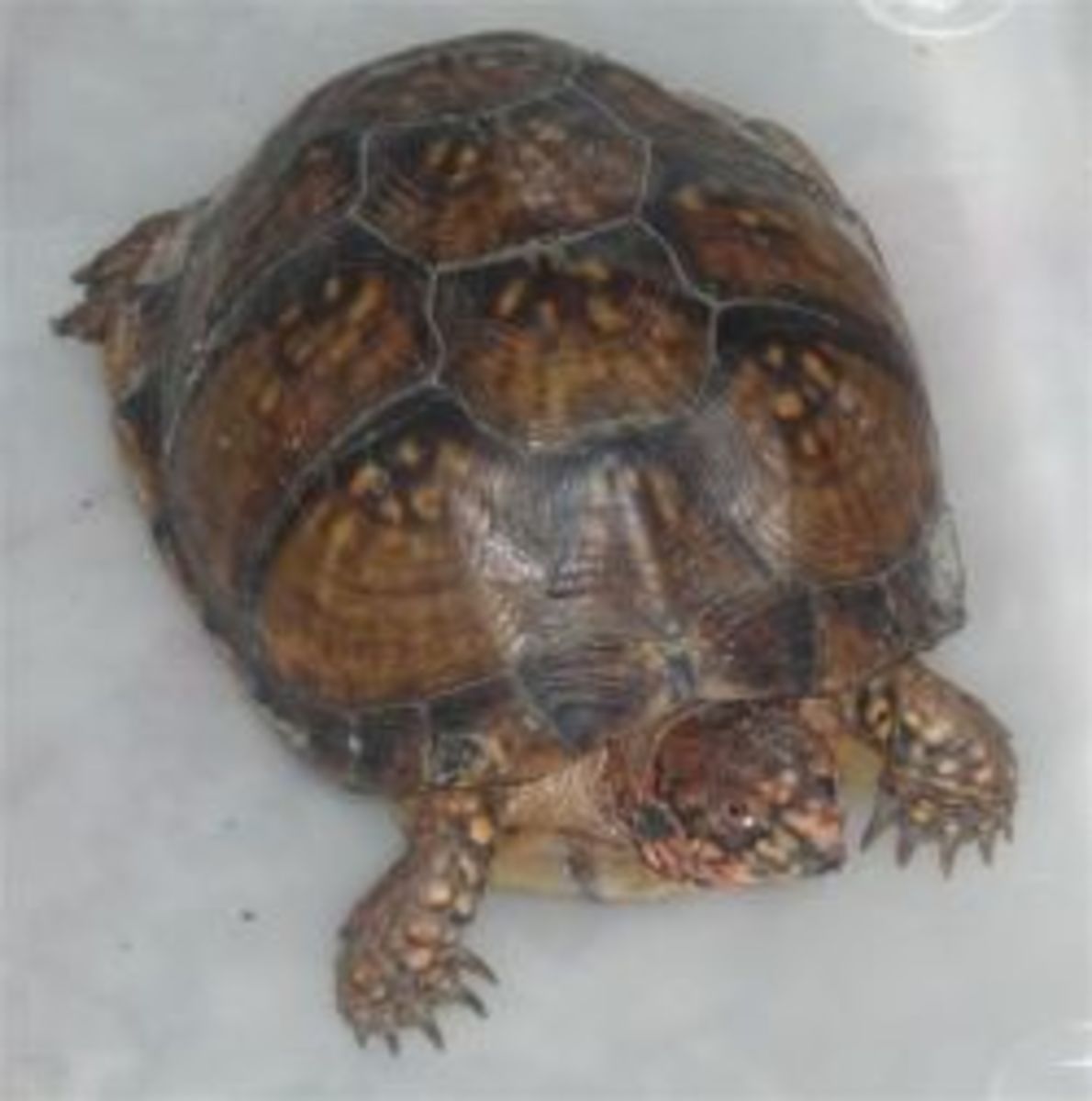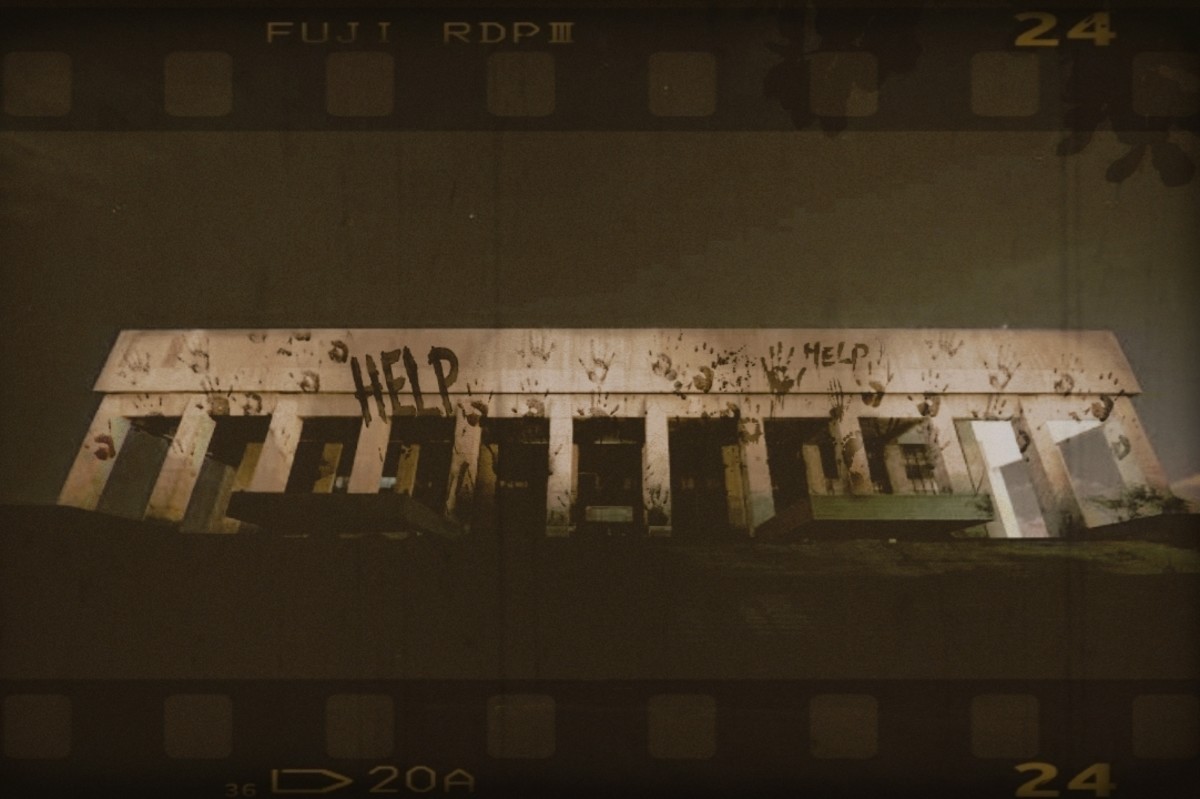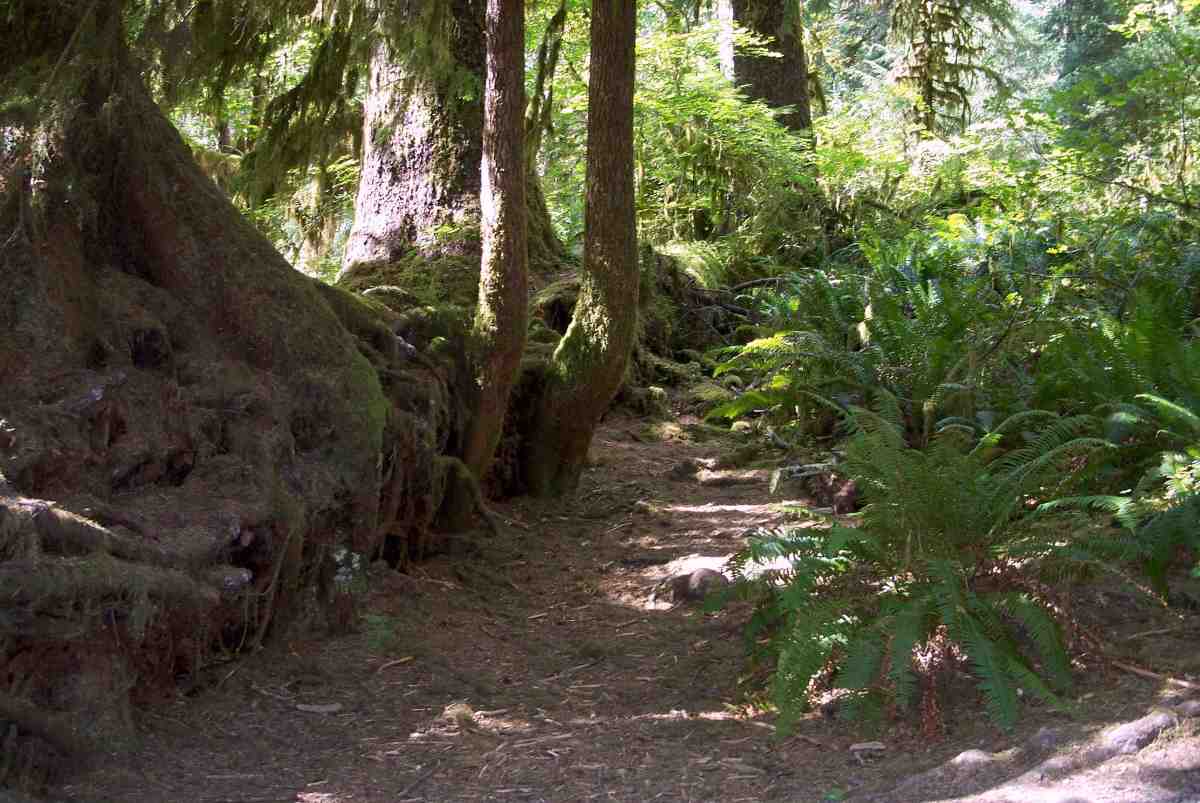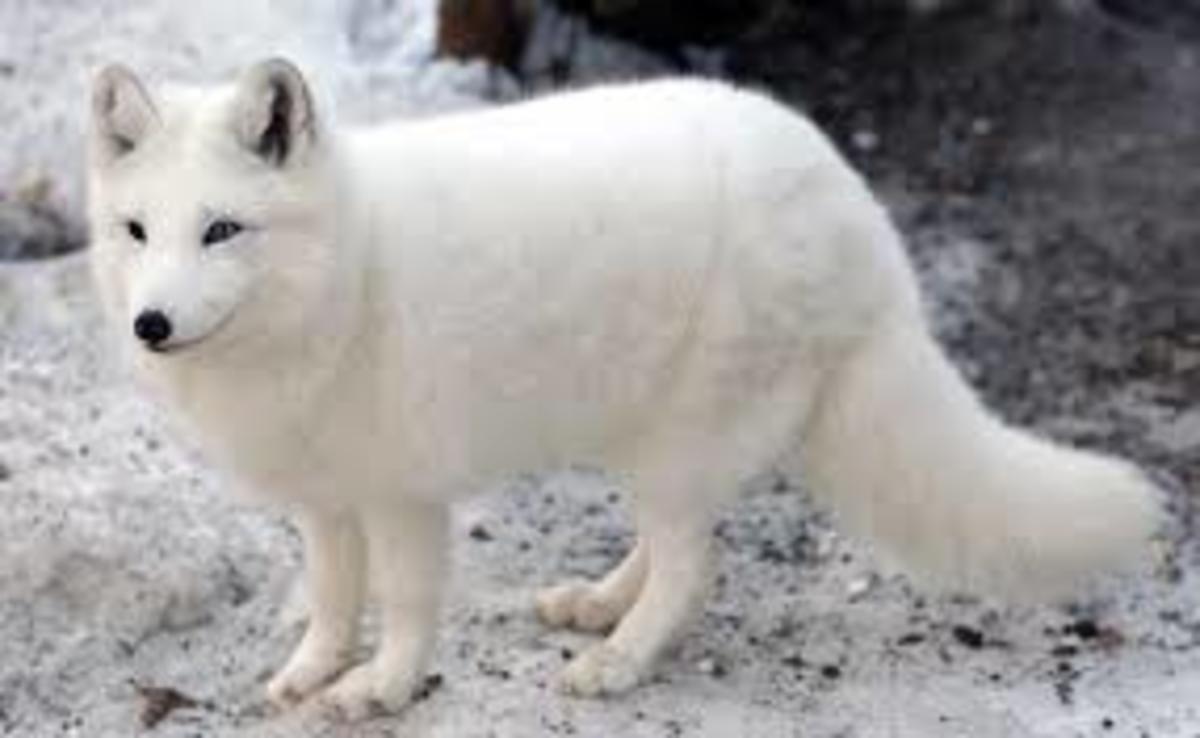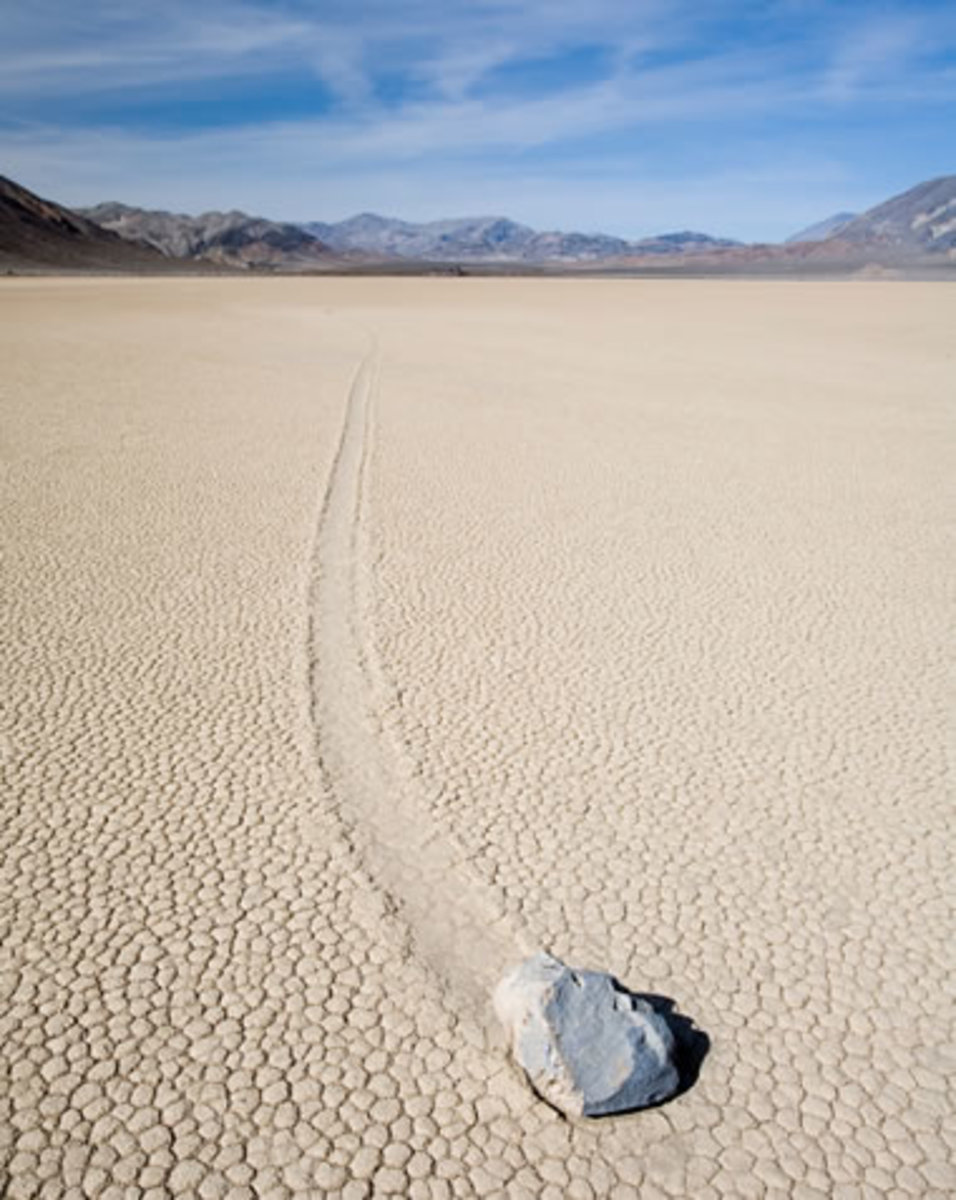Clues from an Article Spurred a Filipino President to Perk up Turtle Conservation
Green sea turtles
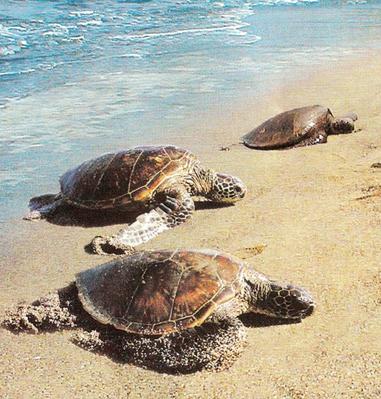
Turtle
Turtle conservation movement in the Philippines
The present turtle conservation movement in the Philippines had been spurred by my article on marine turtles published in Panorama magazine on May 13,1979. It caught the interest of a president who asked for proposals.
I was one in a group of seven who crafted a draft of a presidential decree that would create a national agency involving 14 national agencies. Our proposal was approved by the president as Presidential Executive Order 542 creating the Task Force Pawikan Council. Operations started in 1980.
To seek relief in the outdoors
I was editor of a small news magazine in a government forestry research agency. It consisted of few pages, 12 on the average for every issue. For its size, I made it up with its circulation: worldwide. When I took over as editor, I appended to its flag “Canopy,” - “International.” It was published by the Forest Research Institute (FORI), now it is called Ecosystems Research and Development Bureau of the Department of Environment and Natural Resources.
I started out in late 1970s. Which means that computers were not yet around and composing in the printing press was done by electronic composer or typesetter. For titles of articles, we cut with scissors or cutter individual letters and pasted them on thick paper. Later on Murisawa title composer came around which could adjust the spaces of letters. Typesetting was far from perfect and if a comma or period were missing, we cut out the comma or period and pasted it on the camera-ready material. Retyping consumed time and we were always catching a deadline In short, doing press work at that time was tedious. However, it was rewarding in that I could see the final pages rolling out of the presses, smelling of fresh ink.
That is why when a group of researchers invited me to a field trip in the outdoors I readily accepted. I was in charge of publications, this group was among forest researchers who could conduct experiments anywhere in the country. Basically, I am an agriculturist specialized in agricultural communication, or bridging the gap between the agricultural scientists and the farmers. I am a farmer, being a son of farmers in Cagayan province, island of Luzon, Philippines. There is little difference between forestry and agriculture. In the United States, forestry and agriculture are combined in the US Department of Agriculture.
To me editing a news magazine in forestry was exciting because I would be acquiring new knowledge.
This group belonged in the Wildlife Research Division of FORI that had more than six research divisions. Its focus was doing research on marine turtles. The members were Nelma de Celis, Priscilla Nepomuceno, Delia Formento, Jang Tahil, and Ernesto Maceda.
They invited me to join them in their forthcoming trip to Lubang Island, Occidental Mindoro. Lubang became a darling of the press at that time because of the Japanese straggler Onoda. This fellow was a soldier of the Japanese imperial army who stayed on in Lubang Island up until the 1970s, even when WWII had ended in 1945 yet with the surrender of Japan. Mindoro was famous during the Spanish colonial period because of its gold. “Oro” is the Spanish term for gold, “Min” is derived from “mine.” So, the meaning of Mindoro is “Mine of Gold.” The Spaniards got a lot of gold from this province that was responsible for an inflation in Europe at one time because of the influx of gold from the Philippines.
Lubang Island can be reached by pump boat from Calatagan, Batangas in three hours if the channel were calm. So I was excited to go. I love swimming in natural lakes. I could show these researchers that I too can swim, I told myself.
Off to Lubang Island
The first thing I made sure of when I boarded the boat was the availability of a piece of bamboo. I did not care if our boat capsized or sank; i will float with a piece of bamboo.That is if no shark was prowling the blue waters; at the time the fear of sharks was in vogue with the showing of the film "Jaws."
The researchers had set up a small turtle farm, fenced with chicken wire near the beach. It included some dry beach where turtles could lay eggs. The biology of the marine turtle was studied: feeding, egglaying. A brood had already hatched when we arrived. The hatchlings were studied, measured, and fed. Most of them were to be let loose to the sea when old enough.
My first encounter with the green sea turtle was when I was in high school. I stayed overnight in the residence of our family friend in Aparri, Cagayan, northern tip of Luzon, Early in the morning I was invited to a walk in the beach, a buddy had a spade in hand. With it he scooped up sand where he saw a small bulge after the wave had departed. He got a kusimay, a kind of crustacean. Then we saw a big turtle waddling; we carried it back to the sea. My buddy traced its track and found a nest full of eggs. I had my first taste of delicious turtle egg, rounded, the size of ping pong ball. i was told the turtle would shed tears if anybody started to slaughter it. That made me sad.
I enjoyed snorkeling in the cove of Lubang Island. The researchers were surprised to see I could swim. They might have thought a writer and editor knew only how to type. I improvised a small spear with a hook, the metal part salvaged from a broken umbrella. .
Jang Tahil laughed at my spear; providing me more inspiration. She is a Muslim princess of Jolo, in Mindanao. Sea water ran in her blood, so to speak. Then one day I bragged to them a big squid I caught with my spear. Jang applauded that pleased me no end. I could have proposed to her were it not for their culture of parental prearrangement on the marriage of their children.
Nelma prepared the squid in a special menu, cooked in slow firewood fire in coconut milk called “gata,” mixed with leaves of malunggay (Moringa oleiferia). We partook of the menu during dinner. I could see in the corners of my eyes that Jang relished it.
Two articles on marine turtles
I had two more trips to Lubang Island. My exposure to marine turtle research resulted in two articles. One for Canopy International. It caught the eyes of the organizers of a marine turtle conference held in Washington, D.C. USA. Nelma was the senior author of the article. The turtle conference committee invited Nelma to the conference. She was given free official expenses. When she came back she gifted me with a medallion of the conference.
The other article, a longer, popularized one, I submitted for publication in the “Panorama,” a weekend magazine, a supplement in a daily with a national circulation. I was so confident the editor would publish it that I did not provide a SASE (self-stamped self addressed envelop). I titled it “Conserving the Marine Turtles.”
In two weeks, an officemate of mine roused me up from bed, with a magazine in hand. She opened it to the pages with an article titled “The Marine Turtle Will Not Be a Dodo.” The editor improved upon my title. Of course, dodo is a duck that had gone extinct. I could easily see that it was my article because the pictures I submitted appeared in the title page. The editor did not touch my original write up except for some spicing up of the introduction. “Panorama” is published every Sunday; the issue of May 13,1979 carried my turtle piece. Letty Jimenez Magsanoc was then its editor. She is now editor of "Philippine Daily Inquirer," the fightingest daily of the Philippines today.
On the following Tuesday, a telegram landed in the office of the director of FORi. It came from Ruben Ancheta, then economic adviser of President Ferdinand Marcos .The cable went: “The President read with interest the article on marine turtles. Send us your proposals as soon as possible.”
The cable from the office of the president turned the coffee shop topic of the office. Since its founding in 1975, that was the first time FORI received a cable from such a sender.
I was mildly surprised. I knew of some subjects that President Marcos prized so much: long life and Napoleon Bonaparte. Napoleon was the French general, of Corsican origin, who usurped the power of the French revolution of 1799 that petered out. Napoleon made himself emperor of France. In the introduction of my article I said the marine turtle can live for over a century, the turtle that Napoleon tagged in St. Helena Island, where he was exiled after his defeat at Waterloo, is still alive. Then another piece of information caught the interest of Marcos: “Ernesto Maceda.” Maceda, who used to be his closest assistant, escaped to the United States and joined the group of former senator Benigno Aquino, Jr., former senator Raul Manglapus, and Charlie Avila. They were the leaders of Filipino exiles in the USA fighting the Marcos dictatorship..Being dictator, Marcos was like Napoleon.
How did President Marcos chance upon my article? That “Panorama” issue covered lavishly the opening of the Marbella resort in Cavite province, a project of Imelda Marcos. International jetsetters, actors and actresses were invited to grace the opening. It is likely that the President was browsing the magazine about the special guests where my turtle piece was sandwiched. Well, let’s grant that the president also was interested in wildlife. He was a guerrilla soldier in WWII and he must have hunted some wild boars in the forests.
So all the while Maceda is just around the corner doing research on turtles, huh?
Some months passed after the publication of my article, military uniformed men barged into our office, went straight to the room where Ernesto Maceda was seated with his back to the door. Other office people were surprised at the sight of army men with long arms ready to shoot. Ernesto Maceda turned around, his face to the full view of the leader of the militiamen, who shouted: “negative.” The military men left in a hush without as much as saying thank you or excuse me. Maceda, the wildlife researcher, was not the fellow Marcos wanted captured.
Ernesto Maceda, the former Marcos executive, came back after the assassination of Aquino, helped Corazon C. Aquino, widow of Benigno, campaign in the presidential snap election in 1985 challenging Marcos. President Cory made him minister of Natural Resources department. Maceda ran for the senate, won then became president of the Senate of the Philippines. After a furlough, he is again candidate for the senate this coming elections in May.
New turtle conservation agency
Two weeks passed; another cable came from Malacañang asking for our proposal. One more researcher joined our group to craft the proposal. We wanted to think big. We drafted a decree that would make Task Force Pawikan a council, composed of 14 agencies. Pawikan is the local name of the green sea turtle, Chelona mydas. (Decrees proliferated during the Marcos dictatorship.) As a group we trooped to Malacañang where we met with Ruben Ancheta. In less than a week our proposal was approved placed under the Office of the President with funding from the contingency fund of the president. However, it was not a decree that President Marcos signed but an executive order, Executive Order 542. No matter, an executive order is still strong; the Department of Science and Technology was created by executive order. I crafted the information and extension provisions, the researchers did the research and production parts. The Task Force now includes all turtles, land and marine. The strategy of conservation applies multiple-use management.
Absent the personality and political power of the first principal sponsor of Task Force Pawikan Council and this program should be most welcome in terms of turtle conservation and benefits for peoples. I was the first director of the Information and Extension Division, 1980-82, under special assignment. There were internal politics of the organization I could not bear. I reported back to FORI.
Executive Order 542 marches with history
When President Marcos was ousted by the People Power in 1986, the program on marine turtles that we started has remained as a program of the Department of Environment and Natural Resources. It is being managed by the Protected Areas and Wildlife Bureau. The atmosphere now is better than during the dictatorship.
Turtle sanctuaries and hatcheries have been set up all over the country, most of them in Sulu, Southern Mindanao. Biology and population dynamics are being studied. Support from international groups has been coming in, like from the International Union for the Conservation of Nature (IUCN).
The concept in turtle conservation is controlled use such as to allow and enhance growth of turtle population. At the same time people could benefit from them . It was along this vein that we carved out the first resolution in the Task Force Pawikan Council. Dr. Angel C. Alcala, the marine biologist, former president of Silliman University, former deputy executive director or Philippine Council of Aquatic and Marine Research and Development of the Department of Science and Technology, served as our consultant. Then he received the Magsaysay Award for Marine Science. After that he was appointed Secretary of the Department of Environment and Natural Resources by President Fidel V. Ramos.
Turtle issues are now hot cake for the Philippine media. People are now cooperating in conservation. They are now reaping benefits. The future holds more promise.



